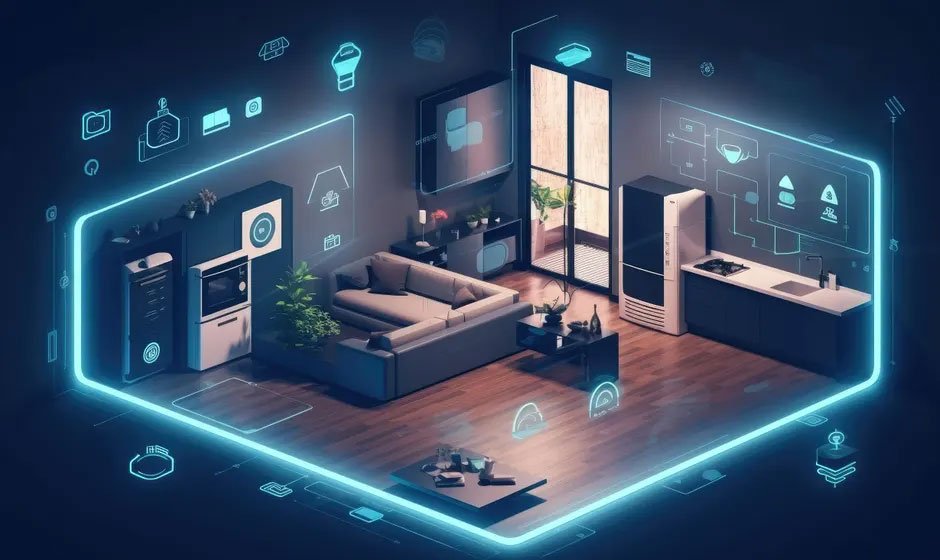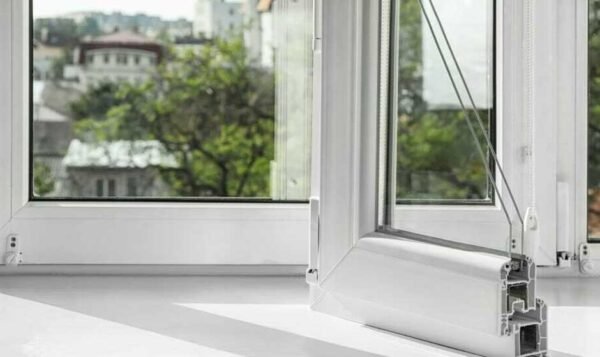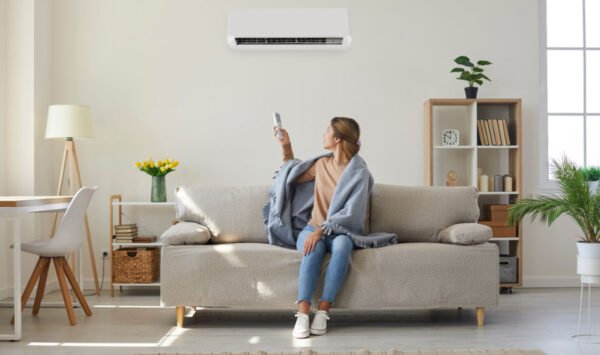Smart Home Technology for 2024 – The Future is Here

The Internet of Things is finally up and running and this is the platform that empowers homeowners by enabling smart technology to manage the home. Devices and appliances can talk to each other and a smart home is managed by a central computer; in this short article, we take a look at the tech used in a smart home.
Home theatre
An OLED flat screen TV in combination with sub-woofer Bluetooth speakers and an amplifier where you control the system. Your HDMI cable can be used to project to a second screen and all this can be controlled with a mobile app. Of course, hi-speed Internet brings you Netflix or live sports events; with the Dolby surround sound, you can sit in the right place and immerse yourself in the atmosphere.
Entertainment
Broadband Internet allows you to pipe audio and video throughout the home, using HDMI cables, you can connect as many screens as you wish. Play your favourite playlists in the shower with a waterproof Bluetooth speaker, indeed, you can pipe music to any room and connect to your secure cloud network.
Remote management
Using mobile apps and the web, you can manage your home from any location; turn on the climate control as you leave the office and your interior will be nice and cool; a sensor on your car opens the gates when you arrive home, which automatically close after you. Set the oven to start cooking so that it will be ready when you arrive, while you can issue other instructions. Click here for how to transform a dated home into a smart one.
Remote viewing
When you take your annual vacation, you can view your CCTV cameras from your smartphone; you can turn the camera and zoom in and out. This brings peace of mind when you are on the other side of the world. If you are out and someone arrives, an automated message is broadcast and communication can happen.
Self-sufficient clean energy
The smart home runs on solar energy, with panels on the roof and a bank of lithium-ion batteries; you can sell excess electricity to the national grid. A central control interface maintains energy use and distribution, allowing you to program things; you can use stored energy or run direct from the solar panels.
Smart home security
The 21st century home is protected with several security systems; motion sensors surround the property, which activate bright LED spotlights; don’t worry, pets will not trigger the system. If a person approaches the main gates, an AI generated voice will politely enquire as to the purpose of the visit. Of deemed appropriate, you will be notified by your smart home that you have a visitor. If it is a delivery, a hatch will open and the package can be deposited. No one gets into a smart home unless approved, which sure helps you sleep well at night. There is always the option for an infrared home security system if you want an extra barrier; most homes are fine with video surveillance and motion detection.
Climate control
Ducted a/c is the obvious choice, with a state-of-the-art HVAC system that can be fully zoned off and this gives you warmth in the winter, as the heat exchangers are reversible. A whole house climate control system can be fully integrated into a smart home system, allowing you remote management using an app.
Fire protection
Smoke detectors throughout the property can trigger a number of things, an automated call to the nearest fire station and, of course, a call to your smartphone. The true smart home would have sprinklers to automatically extinguish a fire, which is more than a little comforting.
If you would like to learn how to turn your home into a smart home, start with a Google search to find a local locksmith who can supply and install a state-of-the-art home management system. Over time, you can integrate many aspects of home management into the smart system, which makes life easy.
We are moving into a new dimension of digital connectivity and home management is a game-changer and something that brings with it many benefits.



